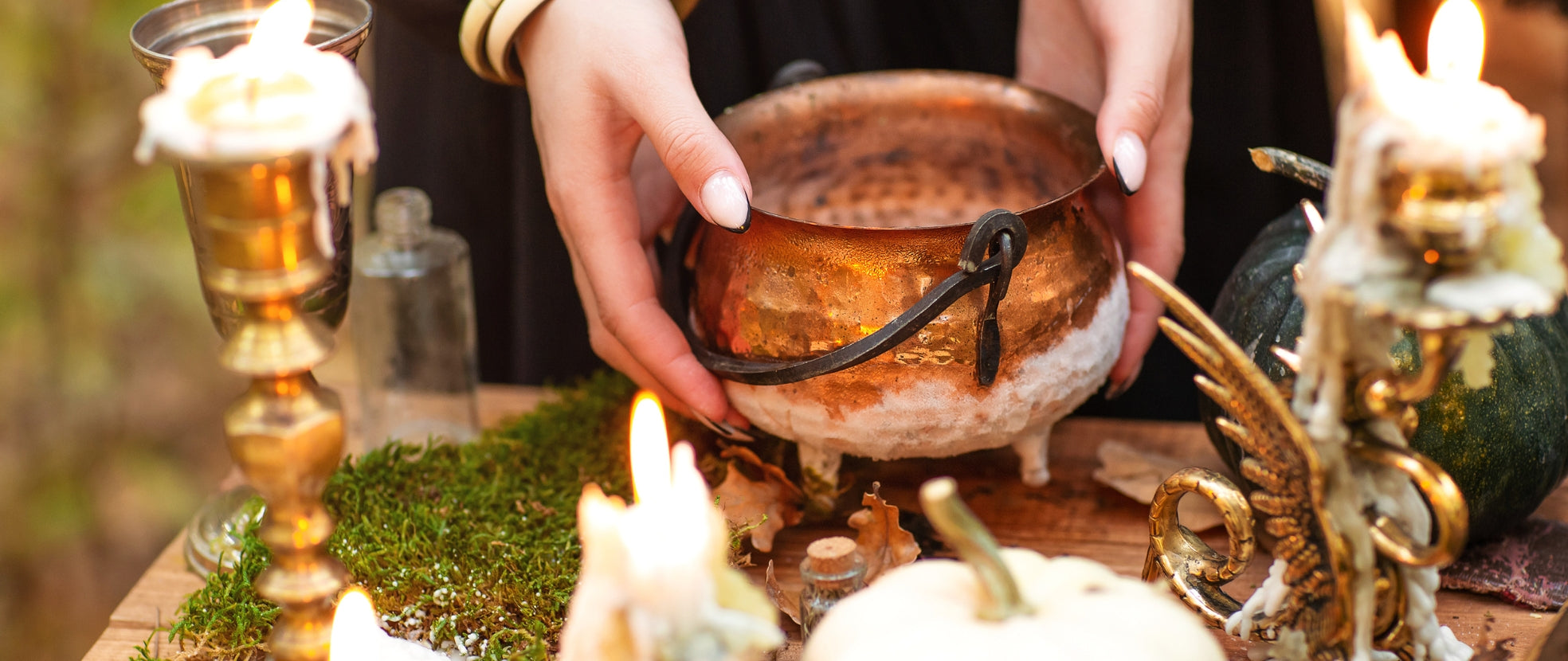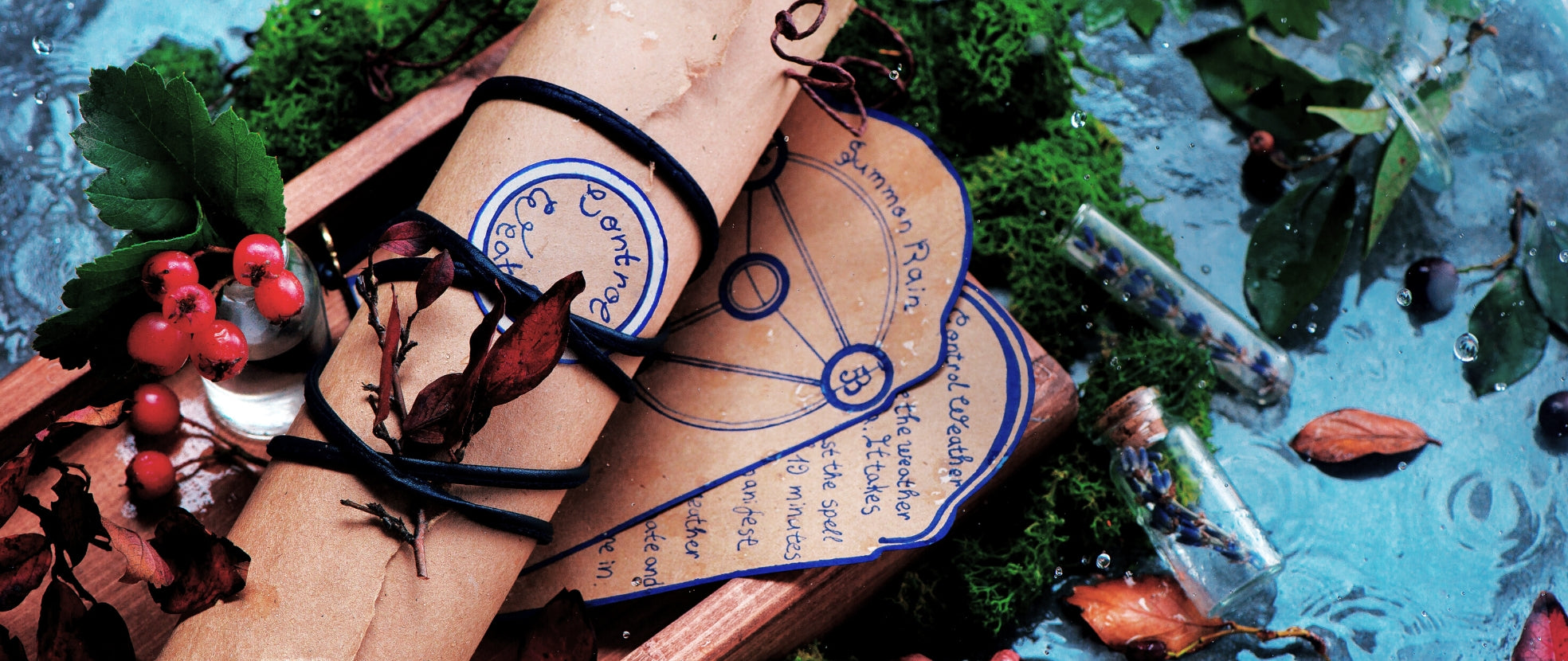Ever heard of stibnite? This dark-coloured mineral is an important source of antimony, a metalloid used in making flame retardants, bullets, solder, and brake parts.
But before it became a useful mineral in today's tools, stibnite was widely used as a traditional eyeliner. And it continues to be a stone of transformation in the world of crystal healing.
Let's get to know more about this all-around mineral!
The Physical Properties of Stibnite
Chemically known as antimony sulfide, stibnite is the main ore of antimony. It is popularly known for its steel gray to black colour and gleaming lustre. It occurs as long, parallel, and blade-like crystals forming in granite and gneiss.
Stibnite has reflective properties that allow it to reflect light like a mirror. Opaque stibnite crystals are also found in hot springs and hydrothermal veins, growing from a few inches to a few feet.
With a hardness rating of 2 in the Mohs scale and a perfect cleavage, stibnite is a soft and brittle mineral. Being low on toughness, stibnite is rarely used as a material for craft and jewelry.
The History of Stibnite
The name stibnite was derived from the Greek word stimmis and the Latin word stibium. This is why antimony's chemical symbol on the periodic table is Sb. It was the French mineralogist François Sulpice Beudant who named the mineral in 1832.
The world's biggest producer of this mineral is the Hunan Province in China.
At present, Hunan holds the largest share of the global stibnite supply. There are also stibnite deposits located in Canada, Japan, and Romania.
One of the finest stibnite crystals ever recovered in history is the 400-pound specimen displayed in the Harvard Museum of Natural History. It is called the Swords of China and was discovered in 2003 in the Wuning Mine located in the Jiangxi Province in China. The specimen is made up of knife-like crystals.
Reports state that Swords of China is about 130 millions year old, which means it was likely formed during the Cretaceous Period or during the time when dinosaurs still walked the Earth.
It was produced when volcano-heated water dissolved antimony and sulfur and flowed through layers of limestone.

The Lore of Stibnite
How was stibnite used in the ancient times?
While the mineral was only recognized in 1832, it is said that the earliest use of stibnite goes as far back as 3,000 B.C. in Ancient Egypt and the Middle East.
This dark mineral was pulverized and was used as eye makeup. Muslim and Asian countries called it kohl and would apply it on their lashes, lids, and around their eyes to make them look bigger and brighter.
Roman author, naturalist, and philosopher Pliny the Elder claimed that more than its cosmetic use, stibnite had medicinal properties. In ancient civilizations, it was used to treat eye infections, improve vision, and stimulate hair growth.
The Metaphysical Properties of Stibnite
Stibnite is considered a powerful transformation stone that activates and harmonizes the 7 chakras. The crystal represents the planet and god Pluto, the lord of rebirth and transformation.
Stibnite gives you the strength and resolve to kick old habits, mindsets, and attitudes so you can become the person you aspire to be.
It continually primes you to aim to be the best version of yourself and to pursue the life that resonates with your values and interests.
And when you've finally unleashed your potential, the crystal inspires you to help others achieve the same.
If there's one crystal that perpetuates a cycle of transformation in you and the people around you, it has got to be stibnite.
Besides bringing about holistic change, this mineral is said to attract abundance, prosperity, and success.
Wearing or carrying a stibnite crystal helps you develop your abilities further. Set your intention to your stibnite to sharpen your focus, keep distractions at bay, and be better able to live out that intention.
Use it together with moldavite for a more profound healing effect. High-vibration moldavite opens your heart widely and cleanses it deeply, removing emotional traumas that you might be harbouring for a long time. Then your stibnite crystal balances your chakras and supplies your heart with a radiant positive energy. As a result, you become a higher version of yourself.
Sources:
Stibnite. (n.d.). GEOLOGYSCIENCE. Accessed at https://geologyscience.com/minerals/stibnite/
Stibnite. (n.d.). Crystal Council. Accessed at https://thecrystalcouncil.com/crystals/stibnite
Understanding Stibnite. (n.d.). Gem-A. Accessed at https://gem-a.com/gem-hub/gem-knowledge/understanding-stibnite-antimony-minerals
Rare Stibnite Specimen Goes on Display at Harvard Museum of Natural History. (2014, October 16). Harvard Museum of Natural History. Accessed at https://hmnh.harvard.edu/news/rare-stibnite-specimen-goes-display-harvard-museum-natural-history
Stibnite. (n.d.). Britannica. Accessed at https://www.britannica.com/science/stibnite
Al-Kaff, A. et al. (1993). Kohl - The Traditional Eyeliner: Use and Analysis. PubMed.gov. Accessed at https://pubmed.ncbi.nlm.nih.gov/17587986/





